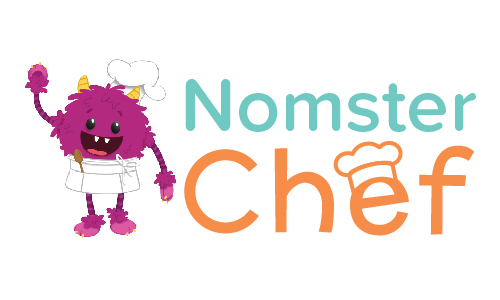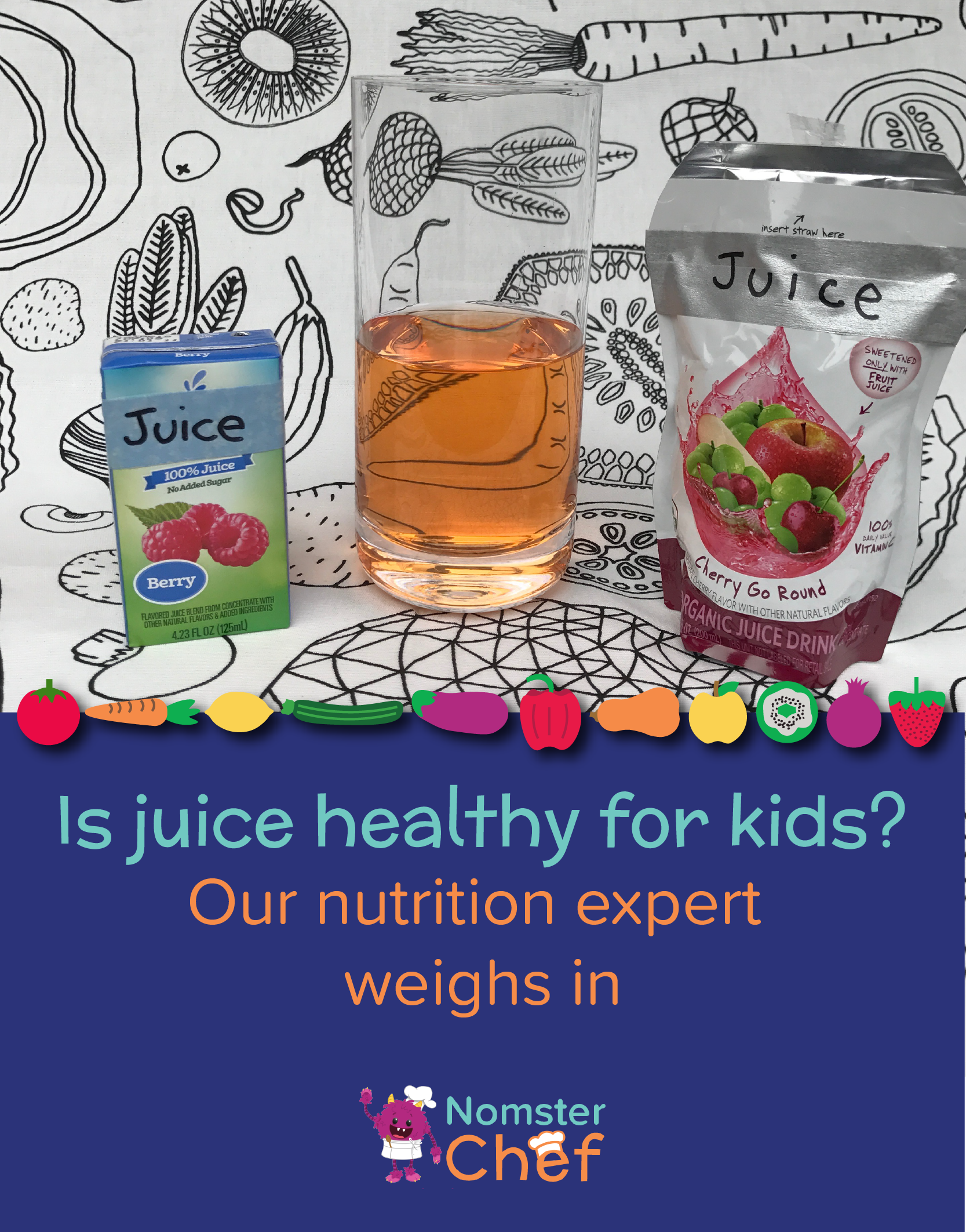Q: Is Juice Healthy for Kids?
A: When it comes to juice consumption for children and adults, moderation is key!
Nutritional guidelines for kids’ juice consumption
0-12 months: no juice
According to the Mayo Clinic, children under the age of one should not consume juice. Doctors firmly believe that unless a child is extremely constipated, there is no place for juice in the diet of anyone younger than a year.
Age 1 and up: maximum 4-8 ounces of juice daily, depending on age
When it comes to juice consumption in children older than a year, the American Academy of Pediatrics states “the maximum daily intakes of 100% juice should be:
4 ounces for children ages 1-3 years
4-6 ounces for children ages 4-6 years
8 ounces for those 7 and older.”
What 4-8 ounces of juice looks like:
Juice should be considered a treat, not an everyday food
As a certified nutrition counselor, I feel that juice should be consumed more as a treat than as a liquid to be sipped on throughout the entire day. Even juice that is labeled “100% Fruit Juice” is high in sugar, lacks fiber and has played a part in the rise of the childhood obesity epidemic. Children can consume many calories from juice without ever feeling full due to the fact juice does not increase satiety levels (how full you feel).
5 Negative Aspects of Consuming Too Much Juice
High sugar levels
Cavities
Low satiety levels (consuming calories without feeling full)
Increase in overall caloric consumption
Training taste buds and brain to crave sugar
What should kids drink instead of juice?
I encourage parents to have their children drink water for hydration. Water can become more “interesting” by adding lemon, lime, oranges, strawberries, mint, cantaloupe and apples to add natural flavor and to infuse water with vitamins. The goal is to get children used to the taste of water versus juice. Replace juice with water and have them eat fresh fruit when possible.
Here is a video with great inspiration for fruit water recipes:
Anytime juice is consumed, it should be diluted with water if possible so the beverage becomes less sugary and more hydrating. This also helps guarantee that the taste buds and brain do not become trained to crave sugar. Aim for smaller size juice boxes and drink juice boxes sparingly. Make sure children eat a variety of fruit for fiber/nutrients and drink plenty of water throughout the day to stay hydrated. The same goes for adults. All juices that contain added sugar and are labeled “juice cocktails” should be avoided due to their high sugar content.
Not All Juices Are Created Equal
In recent years many companies have fought to create higher caliber juices by using a mix of fresh fruit and vegetables, then applying the cold pressing technique. Cold-pressing is when fresh juice is bottled, sealed and put in a large chamber that gets filled with water, applying a large amount of pressure thus “pressing” out and inactivating pathogens. This allows the fresh juice to stay good for weeks, versus a few days.
When it comes to cold pressed juices, because of their lower sugar content and higher vegetable content, cold pressed juices are ultimately a better choice than juices containing added sugar and/or artificial coloring and ingredients.
Why smoothies are more nutritious than juice
There is a difference between smoothies made with whole fruits and vegetables and 100% fruit juice. 100% fruit juice, although containing some nutrients and no added sugars, lacks fiber and nutrients from a variety of fruits.
Nutritional benefits of homemade smoothies
Smoothies made at home with water, fresh fruit, frozen fruit, vegetables and ice contain a variety of nutrients in addition to fiber.
Smoothies increase satiety, whereas 100% fruit juice does not. Children can consume many calories from juice without ever feeling full, whereas children will feel higher satiety levels when drinking smoothies.
Smoothies can also contain protein if a type of milk is used as the base or if nuts are added provided the child does not have a nut allergy. Because milk contains muscle building protein, it’s acceptable for children and adults to consume to assist with building and maintaining lean muscle mass and increasing bone strength (see my post about kids and milk here)
Adding spinach to every smoothie is a fabulous way of packing in extra nutrients from vegetables (especially for picky eaters, as the taste of spinach will disappear)
How to keep restaurant smoothies healthy
When ordering smoothies from a restaurant, juice bar or cafe, remain in control of the ingredients and ask for the establishment to use water or a type of milk as the base for added protein versus juice.



